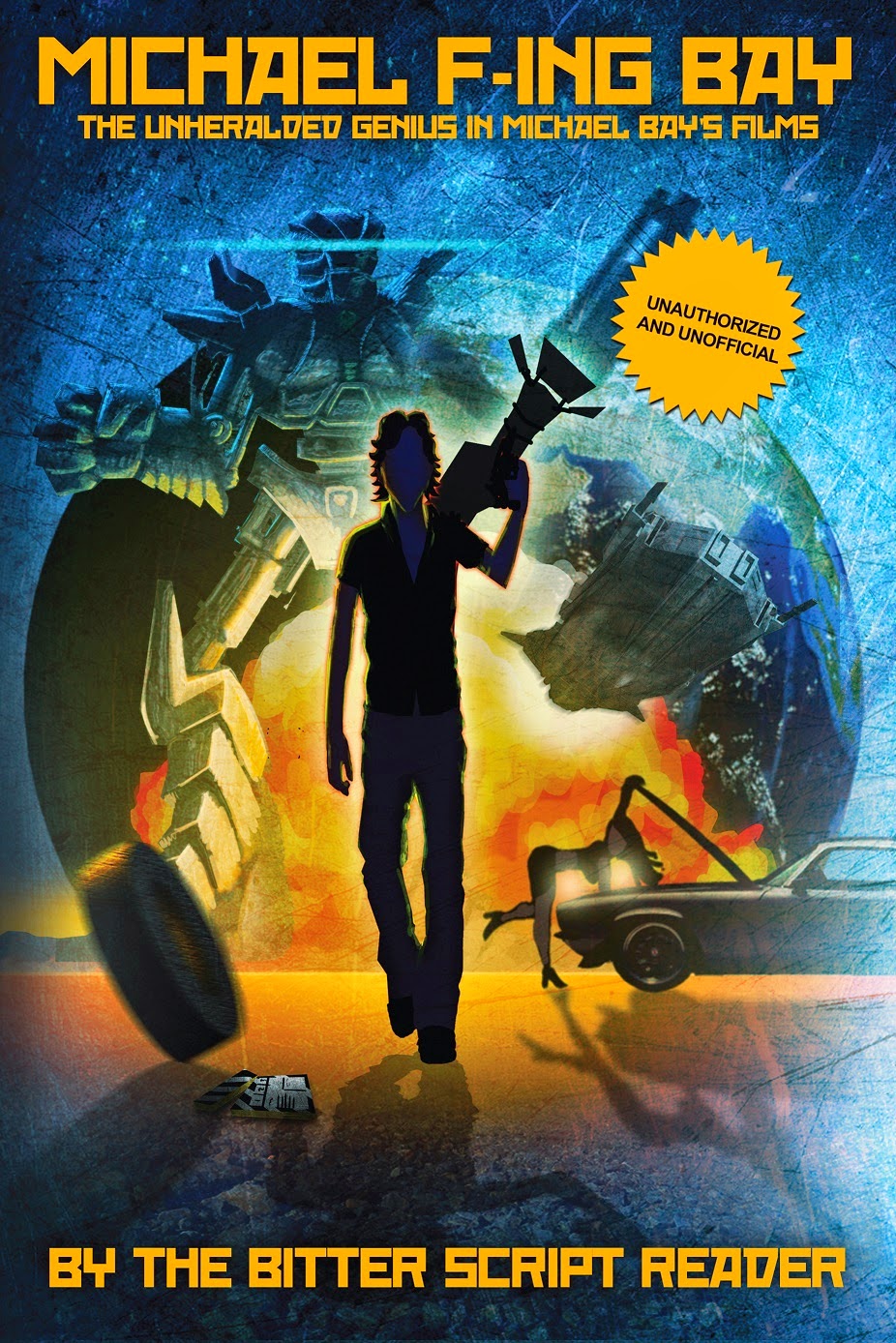After my post on Monday wherein I expressed that aspiring script readers might find it useful to peruse internet reviews, I got a tweet from someone called "BrainyReviewer":
"So if aspiring script readers should read reviews, that entails reviewers (good ones) can succeed as script readers?"
That's one of those apples = oranges/transitive property tricks that I'm often wary to agree with because it's not a perfect analogy. Limited to 140 characters in response, I tweeted back "It's possible, assuming they can adapt to the needs of coverage."
To that, BrainyReviewer asked, "Can you please elaborate?"
Certainly. At the core of this is a simple truth. A review is not coverage. What Roger Ebert writes is not coverage. What AICN publishes is not coverage. And most any review you read on the internet is not coverage.
Coverage and reviews are similar in that both (presumably) entail looking at a work of art analytically. A review of a TV show or a movie might examine the deeper themes of the film, note the complexity of the plot or character arcs, or evaluate the merits of the concept. The difference is that the format of a movie review or a random internet review is almost certainly less rigid than coverage. When writing coverage, brevity is often important. You're writing a review for people who are too busy to read the actual script, so the coverage needs to break down the nuts and bolt succinctly in a professional fashion.
In my experience, agencies are the most rigid when it comes to coverage format. Basic coverage is four paragraps, broken down as follows:
- Introduction
- Characters
- Plot/Structure/Concept
- Conclusion
Most of the time, that's all expected to fit on less than a page. Depending on the agency, there might be a little give on those numbers, but I'm not aware of any agency that encourages coverage to be two pages or more. Most of the places I've worked for prefer the coverage notes not go over a page.
Also, as rigid as agency coverage guidelines are (and like everything else associated with agency work, they are indeed needlessly complicated and weighed down with a multitude of arbitrary rules) production companies tend to be a bit looser about coverage structure. Out of habit, I maintain the four-paragraph format unless specifically directed otherwise - but I have read for companies that have accepted briefer, more superficial coverage.
But I'm drifting. My point is that reviewers used to just putting their thoughts down on paper might find it a bit of a tricky adjustment fitting into the constraints of coverage. In addition to that structure, coverage is supposed to somewhat objective and analytical in a way that a review often isn't. If I'm reading a genre that I personally hate, I still need to be able to weigh the script on it's merits. My own tasted can't be the last word on the script. It can be a guide, certainly, but I've got to have more to back up my opinion than just "It sucks."
Don't get me wrong - most of what I read sucks. I just need to be able to "show my work" and do the math to PROVE that it sucks.
I'm sure many reviewers are capable of adapting to this format, but I did feel that it was important to make this distinction.
Wednesday, November 9, 2011
Subscribe to:
Post Comments (Atom)


I'm gonna make a mean tuna fish sammich, eat it, then Imma write a review of it. Wooohoo! Good post - as always.
ReplyDeleteThe other big difference is that reviewers are seeing a finished product, and readers are evaluating just the script. The reader has to be able to visualize the movie, and that often means the best possible version of that movie from just words on a page. Watching a movie is a more passive activity than reading a script, which is a skill that some people never master. The reviewer experiences the thousands of choices that went into making the movie while the reader is usually spared the horrible casting decisions and bad F/X.
ReplyDelete